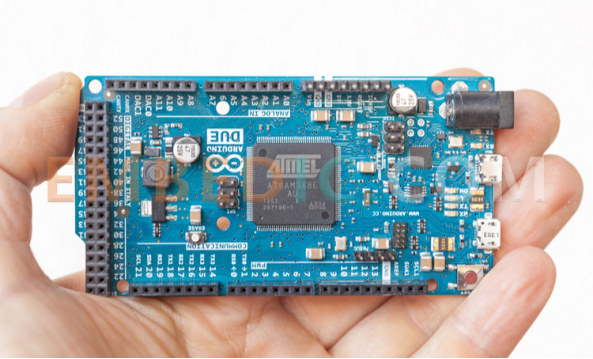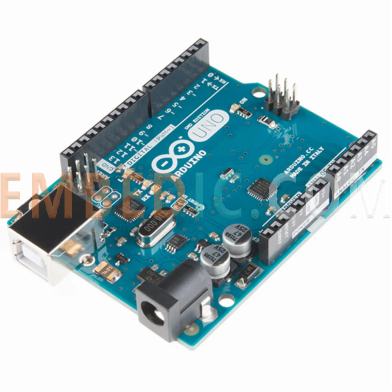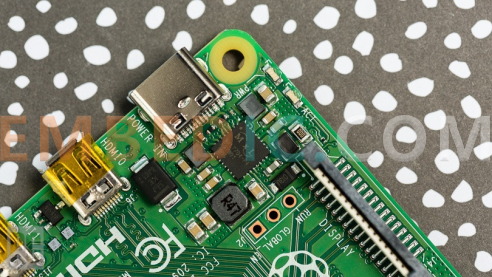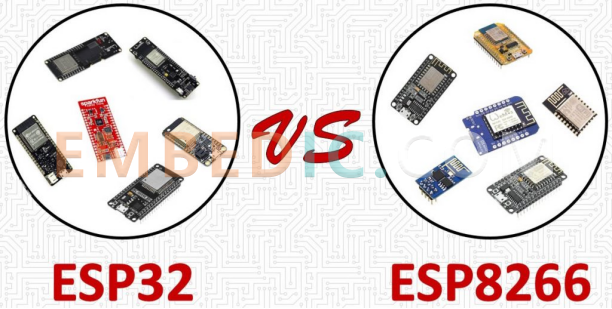A microcontroller is a compact integrated circuit (IC) that includes a processor core, memory (both volatile RAM and non-volatile ROM or Flash), and various input/output peripherals, all integrated onto a single chip. It's designed to execute specific tasks or control a particular system within embedded applications.

The "best" microcontroller often depends on the specific requirements of a project, such as processing power, memory, input/output capabilities, cost, and ease of programming.
Here are the top popular microcontrollers,
Known for its ease of use and extensive community support, Arduino boards like the Arduino Uno, Arduino Nano, and Arduino Mega were widely popular among hobbyists, educators, and prototypers due to their simplicity and versatility.

While not a traditional microcontroller, Raspberry Pi single-board computers were immensely popular for their ability to run full operating systems and handle more complex tasks compared to typical microcontrollers. They found applications in various projects ranging from home automation to robotics and beyond.

These microcontrollers from Espressif Systems gained popularity for their integrated Wi-Fi and Bluetooth capabilities, making them ideal for IoT (Internet of Things) projects.

The ESP32 and ESP8266 are series of low-cost, low-power microcontrollers manufactured by Espressif Systems. They are known for their integrated Wi-Fi and Bluetooth capabilities, making them highly popular for IoT (Internet of Things) projects. Here are key features of each:
ESP8266:
ESP32:
STM32 microcontrollers by STMicroelectronics were favored in more advanced projects due to their performance, peripherals, and support for a wide range of development environments.
Here are some key STM32 series lines:
Microcontrollers from Microchip Technology, especially the PIC series, remained popular in industrial and commercial applications due to their reliability and robustness.
You may like: Introduction to PIC Microcontroller 2022>>
Choosing the "best" microcontroller depends on various factors, and the definition of "best" can vary based on the specific requirements of your project. Here are some key considerations to help you choose the right microcontroller:
Evaluate the processing power, clock speed, memory (RAM and Flash), and I/O capabilities needed for your application. Some projects might require higher computational power, while others might need low power consumption.
Consider the required peripherals like ADCs, DACs, UART, SPI, I2C, GPIO pins, USB, Ethernet, and wireless connectivity (Wi-Fi, Bluetooth, etc.). Ensure the microcontroller has the necessary interfaces for your project.
If your project requires low power consumption or battery operation, look for microcontrollers with low power modes or efficient power management features.
Assess the availability and quality of the development tools, IDEs, compilers, libraries, and community support. A robust development ecosystem can significantly ease the programming and debugging process.
Consider the overall cost of the microcontroller, including development tools, peripherals, and support components. Ensure that the microcontroller is readily available and has a stable supply for your project's lifecycle.
Check if the microcontroller integrates well with other hardware components and if it's compatible with the necessary software or operating systems for your application.
Look for microcontrollers from reputable manufacturers known for quality and reliability. Consider technical support, documentation, and long-term product support.
Microchip PIC series is known for its reliability and long-term product support. Additionally, the STM32 series from STMicroelectronics has a good reputation for quality and support.
Consider the physical size and form factor of the microcontroller, especially for space-constrained applications or when designing compact devices.
Further Reading: Best Microcontroller for IoT and How to Choose 2023
Choosing the Best Microcontroller For Robotics 2023
Manufacturer: Texas Instruments
IC DGTL MEDIA PROCESSOR 529FCBGA
Product Categories: DSP
Lifecycle:
RoHS:
Manufacturer: Texas Instruments
IC DGTL MEDIA PROCESSOR 529FCBGA
Product Categories: DSP
Lifecycle:
RoHS:
Manufacturer: Texas Instruments
IC DSP FIXED-POINT 532FCBGA
Product Categories: DSP
Lifecycle:
RoHS:
Manufacturer: Analog Devices
IC DSP BLACKFIN 400MHZ 400CSBGA
Product Categories: DSP
Lifecycle:
RoHS:
Looking forward to your comment
Comment